Exploring Catbalogan’s Hidden Gems: The Potential of Binobocalan Cave and Karst Lagoon
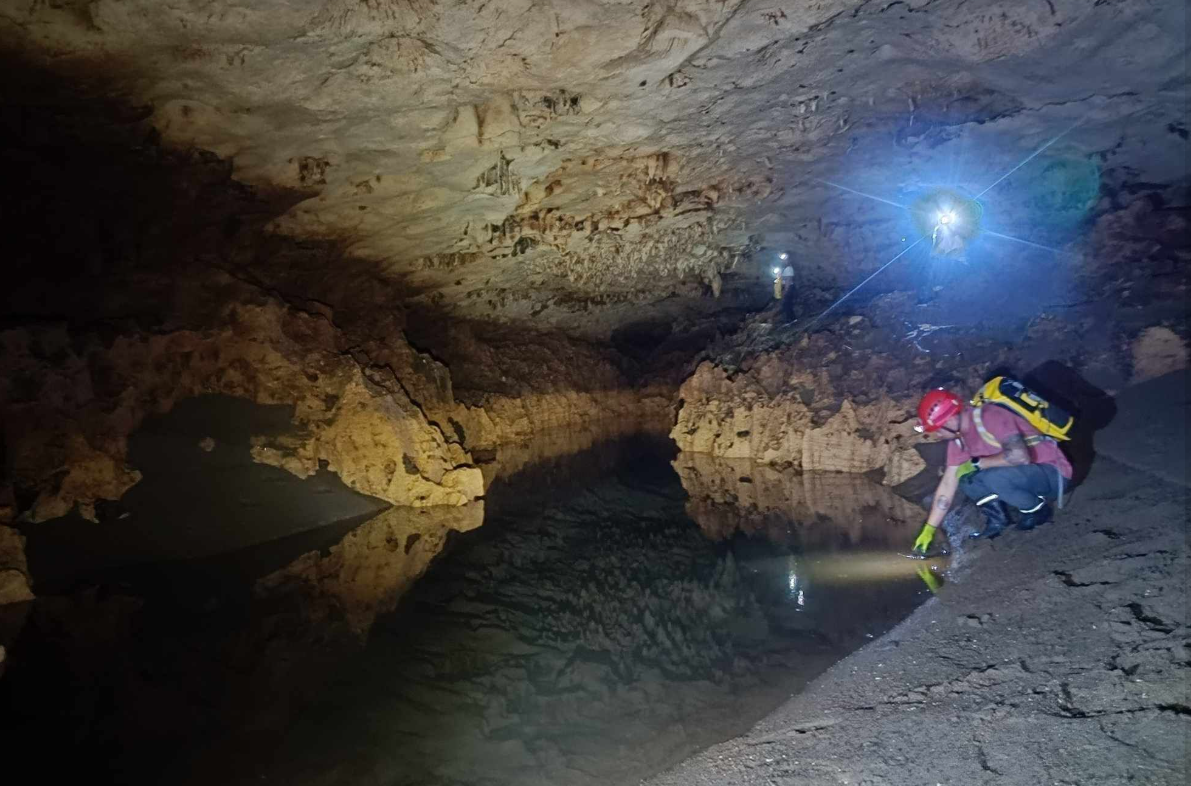 Catbalogan City, the vibrant capital of Samar, is known for its rich natural landscapes, rugged terrains, and breathtaking coastal views; it is dubbed as the City of Captivating Contrasts. However, beneath its limestone uplands lies a network of unexplored caves, holding immense potential for eco-tourism and water resource management. Lately, the Catbalogan Tourism Office has set its sights on these caves, particularly those reported by upland barangays, with the goal of documenting, exploring, and developing them sustainably.
Catbalogan City, the vibrant capital of Samar, is known for its rich natural landscapes, rugged terrains, and breathtaking coastal views; it is dubbed as the City of Captivating Contrasts. However, beneath its limestone uplands lies a network of unexplored caves, holding immense potential for eco-tourism and water resource management. Lately, the Catbalogan Tourism Office has set its sights on these caves, particularly those reported by upland barangays, with the goal of documenting, exploring, and developing them sustainably.
One of the most promising discoveries is Binobocalan Cave in Barangay Cagutian, an untouched marvel hidden within the karst forests of Catbalogan. This site offers a combination of adventure, natural beauty, and a potential solution to the city’s water crisis. However, balancing tourism and water resource extraction poses challenges that require careful planning and environmental safeguards.
The Journey to Binobocalan Cave
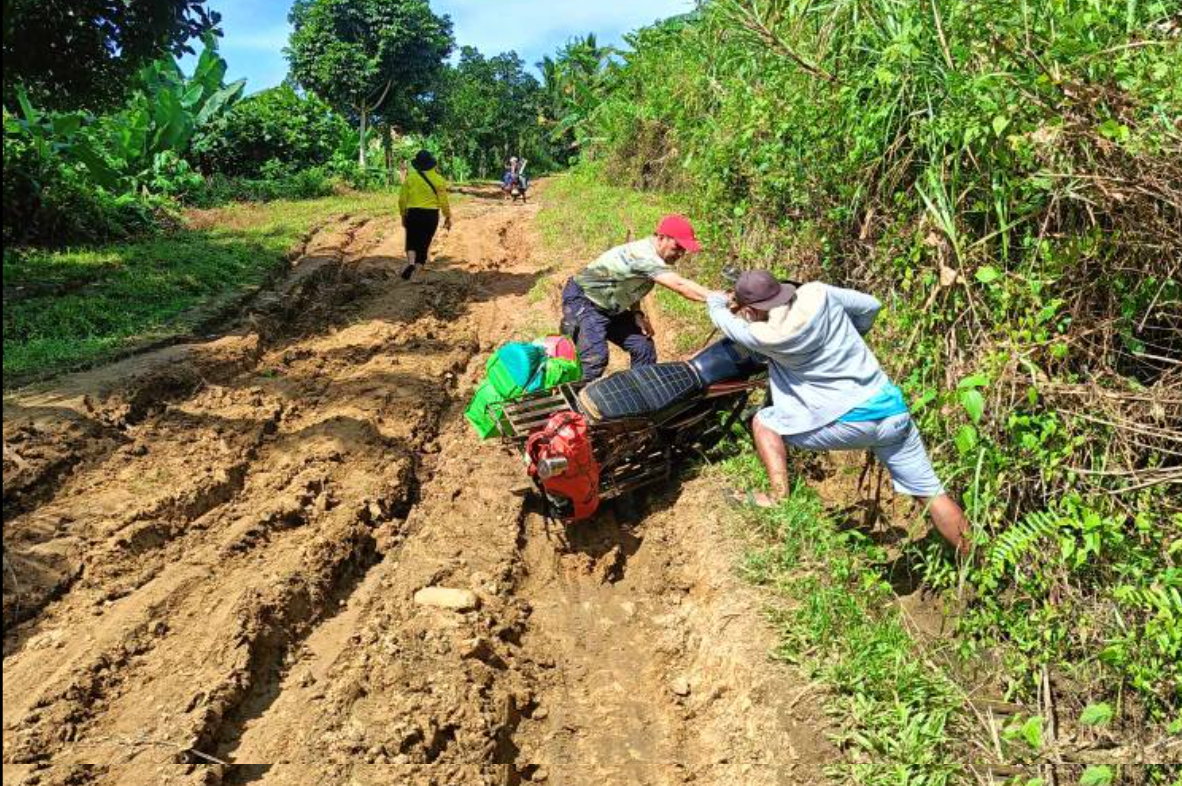 Barangay Cagutian, an upland village connected by a dirt road, provides the gateway to Binobocalan Cave. While portions of the road are paved, a significant stretch remains unpaved, making access challenging, especially during the rainy season. However, with the right investment in infrastructure, this road can be improved, making the site more accessible to visitors while also supporting local development.
Barangay Cagutian, an upland village connected by a dirt road, provides the gateway to Binobocalan Cave. While portions of the road are paved, a significant stretch remains unpaved, making access challenging, especially during the rainy season. However, with the right investment in infrastructure, this road can be improved, making the site more accessible to visitors while also supporting local development.
The trek to the cave is an easy 5-minute hike, during which travelers will be greeted by a turquoise creek. This perennial water source flows consistently, even during the dry season, catching the attention of Catbalogan’s water authorities as a potential source for the city’s water supply.
As the journey continues, the creek leads to a karst lagoon, where water emerges from underground caverns, feeding the stream that exits beside Binobocalan Cave. This natural spring and cave system have remained largely untouched due to local superstitions, leaving much of its ecosystem intact.
The name “Binobocalan” likely originates from the “bocal” (spring) beside the cave, or possibly from the waterfall effect the cave entrance experiences during heavy rainfall.
Inside Binobocalan Cave: A Hidden Underground World
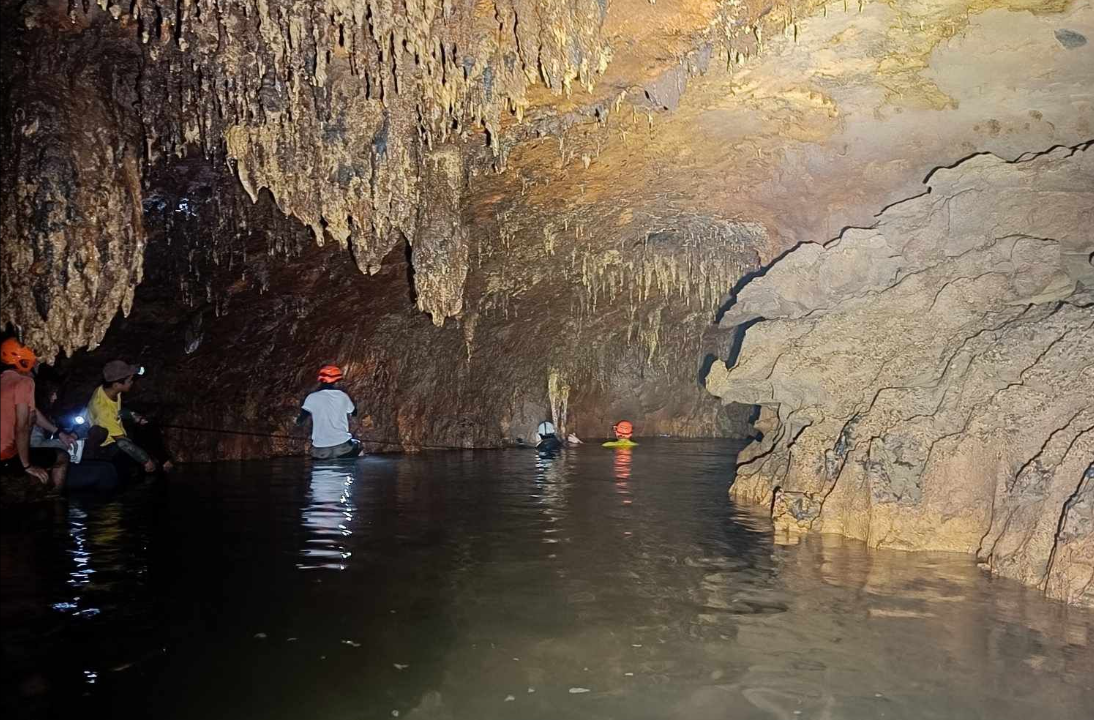 Spanning approximately 800 meters, Binobocalan Cave remains largely unexplored, with pristine geological formations and a unique underground water system. Unlike other caves in the region, its stalactites and stalagmites exhibit darker shades of gray and black, with fewer light-colored calcite formations. The rough-textured rock surfaces suggest low water flow, making some passages easier to navigate.
Spanning approximately 800 meters, Binobocalan Cave remains largely unexplored, with pristine geological formations and a unique underground water system. Unlike other caves in the region, its stalactites and stalagmites exhibit darker shades of gray and black, with fewer light-colored calcite formations. The rough-textured rock surfaces suggest low water flow, making some passages easier to navigate.
The cave is rich in underground pools, ranging from ankle-deep streams to neck-deep water pockets. Certain sections require swimming or careful navigation to avoid sharp stalagmites and fragmented rocks beneath the water. Some areas even experience waterfalls from the ceiling, creating a mesmerizing effect of an underground rainforest.
Cave pearls, stunning rock formations, and colonies of bats add to the mystery of this underground wonder. However, without proper conservation, its beauty could be at risk—as seen in other caves that suffered degradation due to unsupervised tourism.
Cave Formation: A Geological Marvel
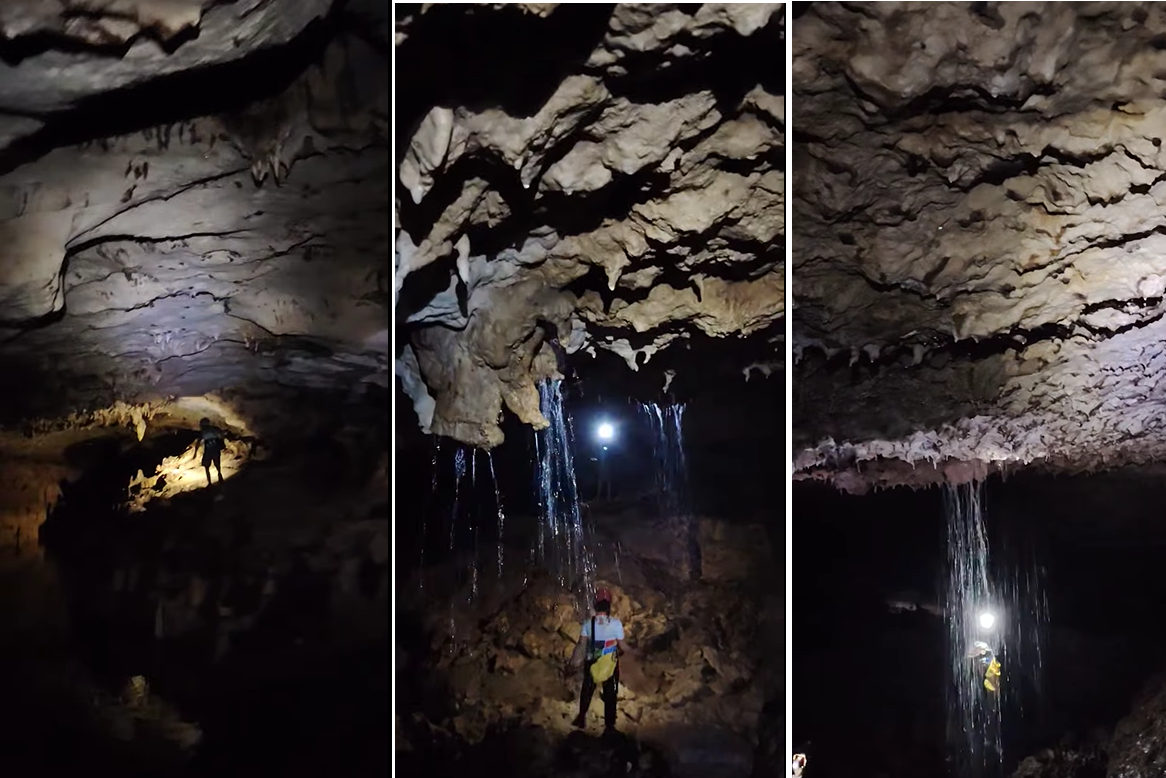 Caves, particularly those in karst landscapes, are formed over thousands to millions of years through the gradual dissolution of limestone by acidic rainwater and underground water movement. The formation of stalactites (hanging from the ceiling) and stalagmites (growing from the ground) occurs when dissolved calcium carbonate solidifies over time.
Caves, particularly those in karst landscapes, are formed over thousands to millions of years through the gradual dissolution of limestone by acidic rainwater and underground water movement. The formation of stalactites (hanging from the ceiling) and stalagmites (growing from the ground) occurs when dissolved calcium carbonate solidifies over time.
However, these formations are fragile and easily destroyed. Even a single touch can halt the growth of a stalactite, as the oils from human skin disrupt mineral deposits. The presence of forests above caves is also crucial, as trees filter rainwater before it reaches underground caverns, ensuring the slow and steady growth of these geological formations.
Preserving Binobocalan Cave and Its Ecosystem
As Catbalogan City explores Binobocalan Cave for eco-tourism and water resource extraction, it faces a crucial challenge: How can these two uses coexist without harming the environment?
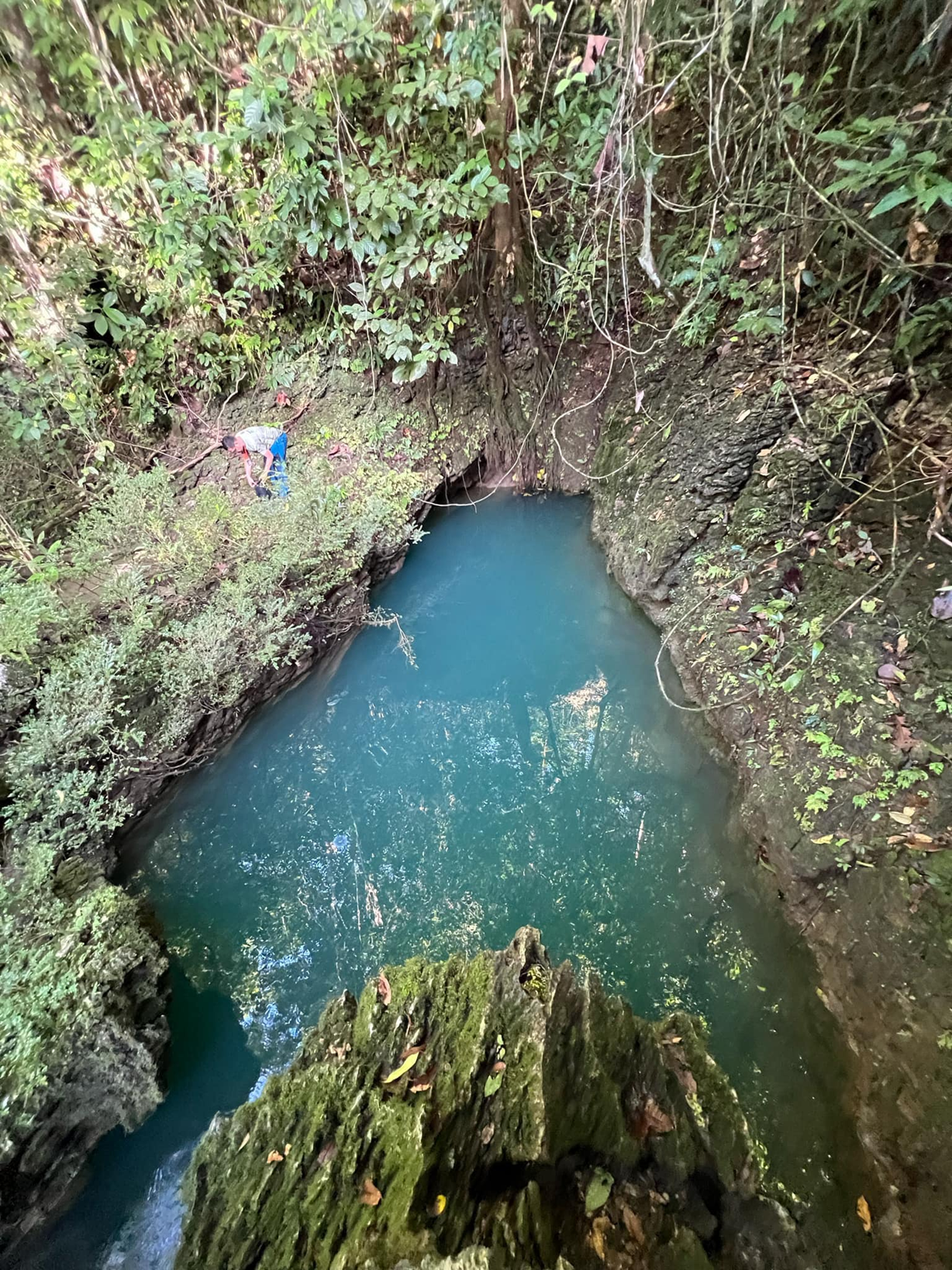 While developing Binobocalan Cave as a tourism site could bring economic benefits, extracting water for Catbalogan’s supply could endanger its fragile ecosystem. If mismanaged, diverting water from the lagoon and underground sources could dry out the cave system, causing irreversible damage.
While developing Binobocalan Cave as a tourism site could bring economic benefits, extracting water for Catbalogan’s supply could endanger its fragile ecosystem. If mismanaged, diverting water from the lagoon and underground sources could dry out the cave system, causing irreversible damage.
To ensure sustainability, the following safeguards must be considered:
1. Conduct Thorough Environmental Studies
- Assess how much water can be extracted without disturbing the natural flow.
- Identify key geological features that could be affected by human activities.
2. Implement Strict Tourism Management Policies
- Establish controlled visitor limits to prevent overcrowding.
- Train local guides on responsible caving and conservation practices.
- Develop clearly marked trails to minimize damage to fragile formations.
3. Strengthen Community Involvement
- Educate barangay residents on the economic and environmental benefits of sustainable tourism.
- Offer livelihood programs such as guided tours, homestays, and local crafts.
4. Enact an Enabling Law for Cave and Spring Protection
- Implement a City Ordinance that regulates all tourism activities in caves and water springs.
- Establish sanctions against vandalism, littering, and unauthorized water extraction.
Do’s and Don’ts in Caving
✅ Do’s:
✔ Follow trained guides and designated paths.
✔ Wear safety gear such as helmets and headlamps.
✔ Observe wildlife without disturbing them.
✔ Take only photos, leave only footprints.
✔ Determine the crying capacity of the cave and the potential camping site.
✔ Respect local beliefs and traditions surrounding caves.
❌ Don’ts:
❌ Touch or break stalactites, stalagmites, or cave pearls.
❌ Bring plastic waste or throw trash inside the cave.
❌ Smoke, eat, or introduce foreign substances into the water.
❌ Make loud noises, as they can disturb bats and other cave-dwelling creatures.
❌ Enter the cave without proper gear or preparation.
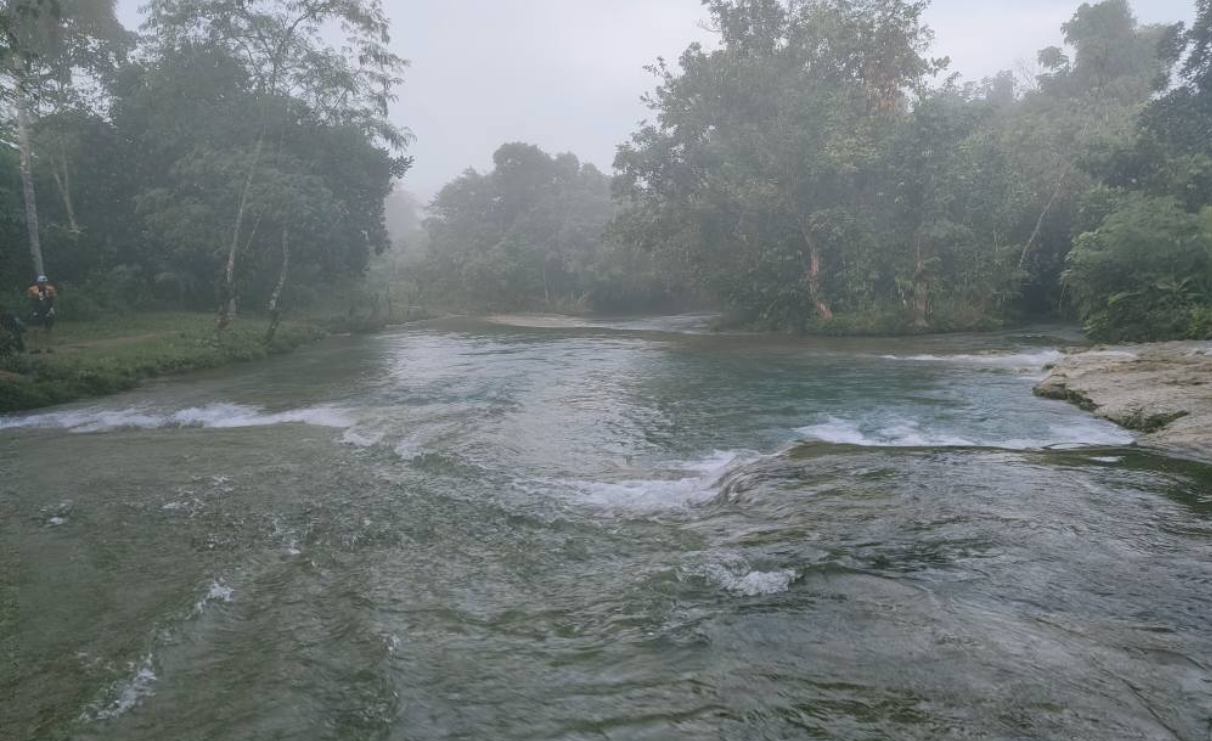 Tourism as a Tool for Community Development
Tourism as a Tool for Community Development
If developed responsibly, eco-tourism can uplift Barangay Cagutian and its marginalized communities. By promoting Binobocalan Cave and its karst lagoon, the city can:
- Generate income for local residents through tour guiding, transport, and accommodation services.
- Support infrastructure improvements, such as better roads and bridges.
- Encourage environmental education, teaching both locals and tourists about the importance of conservation.
Investing in responsible tourism will ensure that Catbalogan’s natural wonders remain preserved while also improving the quality of life for its people.
A Future Worth Protecting
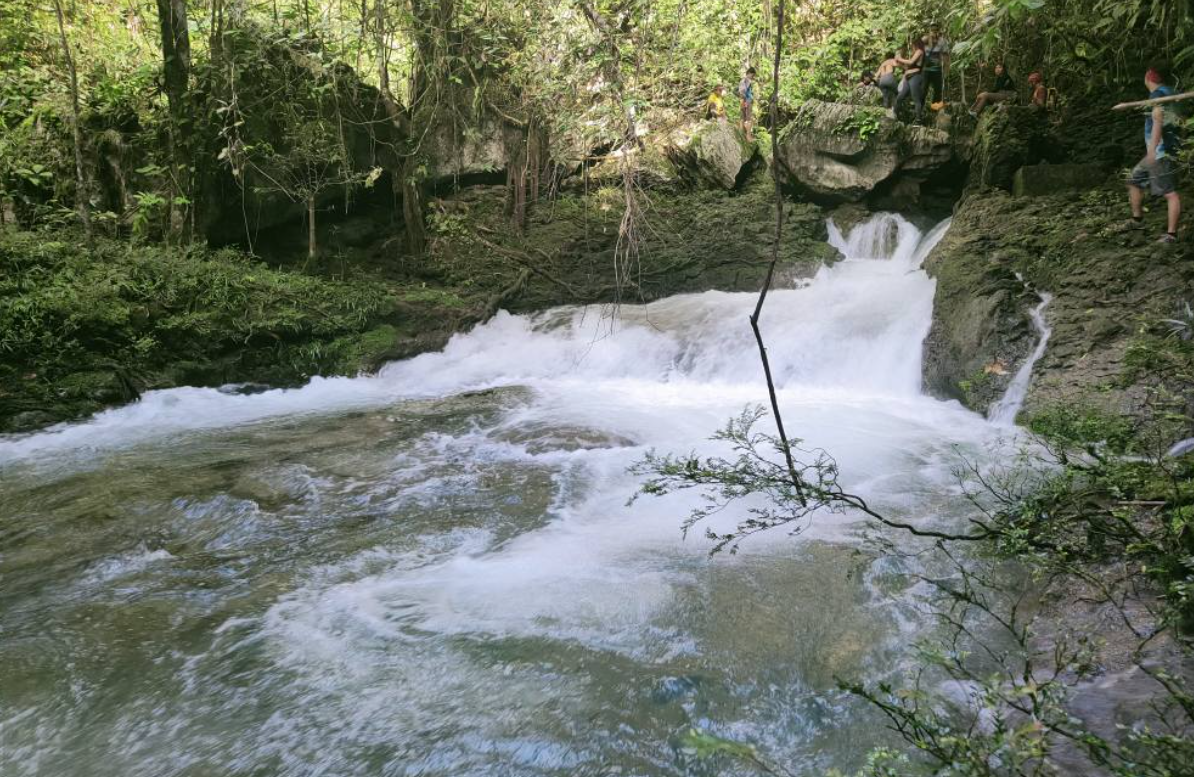 Binobocalan Cave and its turquoise lagoon represent a rare and pristine ecosystem—one that must be protected at all costs. While tourism and water supply projects can bring benefits, they must be approached with careful planning, scientific assessment, and strong community engagement.
Binobocalan Cave and its turquoise lagoon represent a rare and pristine ecosystem—one that must be protected at all costs. While tourism and water supply projects can bring benefits, they must be approached with careful planning, scientific assessment, and strong community engagement.
Catbalogan City must act now by implementing sustainable tourism policies, strengthening local participation, and establishing legal protections to preserve this natural gem for generations to come.
